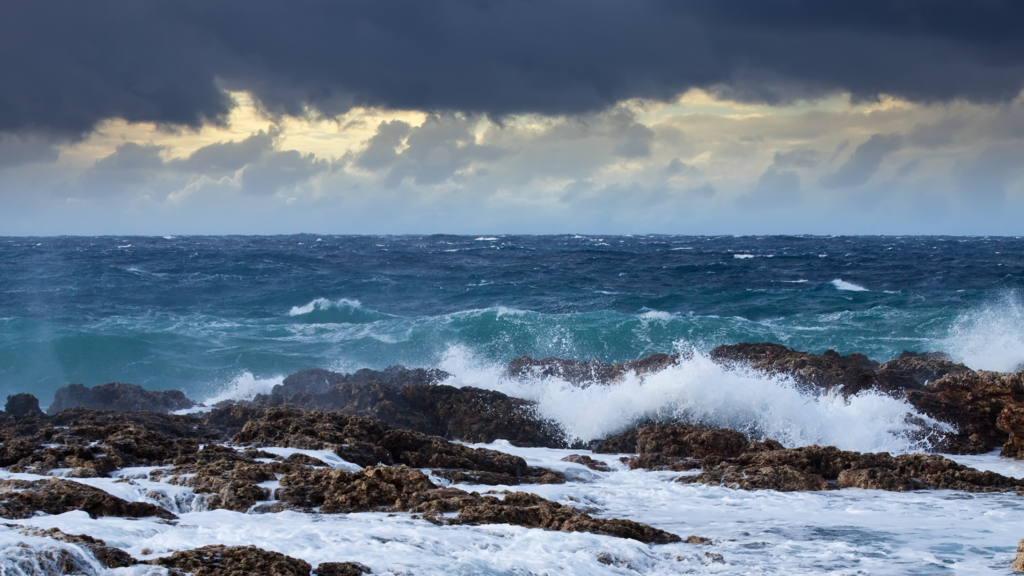Navigating the Weather in KwaZulu-Natal: Essential Insights for Holidaymakers

Discover the enchanting charm of Kwa-Zulu Natal, a top-tier vacation hotspot in South Africa, known for its picturesque beaches, dynamic culture, and breathtaking scenery. Yet, no excursion is without its twists and turns, especially when it comes to potentially having to navigate unpredictable weather while on your holiday. But be assured, whether you’re basking in the coastal sunshine or preparing for mountain showers in the Drakensberg, there are some essential tips and considerations to ensure your KZN escape is nothing short of extraordinary.
Varied Microclimates:
Kwa-Zulu Natal encompasses a range of microclimates due to its diverse geography. Coastal areas experience temperate conditions with warm, humid summers and mild winters. Inland regions, such as the Midlands and Drakensberg, can be cooler and prone to more significant temperature variations.
Summer Delights and Rainy Days:
Summer (December to February) brings sunshine and warmth, perfect for beach activities along the Indian Ocean. However, it’s also the region’s rainy season, characterized by brief but intense thunderstorms. Pack lightweight rain gear and plan indoor activities to enjoy during afternoon showers.
Mild Winters:
KZN winters (June to August) are generally mild, with daytime temperatures averaging around 20°C (68°F). While coastal areas remain pleasant, higher elevations like the Drakensberg may experience chilly mornings and evenings. Layer clothing for versatility and warmth, especially if you plan on exploring mountainous areas.
Spring and Autumn Tranquillity:
Spring (September to November) and autumn (March to May) offer comfortable temperatures and fewer crowds, making them ideal for outdoor adventures. Enjoy hiking, wildlife game drives, and cultural experiences with fewer interruptions from weather extremes.
Beware of Cyclone Season:
Kwa-Zulu Natal is susceptible to tropical cyclones, primarily during the summer months. While direct hits are rare, cyclones can bring heavy rains, strong winds, and coastal erosion. Stay updated on weather forecasts and heed any advisories issued by local authorities, especially if traveling during cyclone season.
Sun Safety:
The South African sun can be intense, even on cloudy days. Protect yourself from harmful UV rays by wearing sunscreen, sunglasses, and hats, particularly during peak hours between 10 am and 4 pm. Stay hydrated and seek shade when necessary, especially when spending extended periods outdoors.
Check Weather Forecasts:
Before embarking on any outdoor activities or excursions, check reliable weather forecasts for the specific areas you plan to visit. This will help you anticipate conditions and make informed decisions to enhance your holiday experience.
Flexible Itinerary Planning:
While KZN’s weather can be unpredictable, embracing flexibility in your itinerary allows you to adapt to changing conditions. Have backup plans for both indoor and outdoor activities, ensuring you can make the most of your time regardless of the weather.
Embrace the Adventure:
Despite the occasional weather challenges, Kwa-Zulu Natal remains a captivating destination with endless opportunities for exploration and relaxation. Embrace the adventure, soak in the diverse landscapes, and savour the vibrant culture that makes this province truly special.
By arming yourself with these essential weather insights, you’ll be well-equipped to navigate Kwa-Zulu Natal’s climate and make the most of your holiday in this captivating corner of South Africa. Whether basking in the sun on Margate’s beaches or exploring the majestic beauty of the Drakensberg, your KZN adventure awaits, rain or shine!

